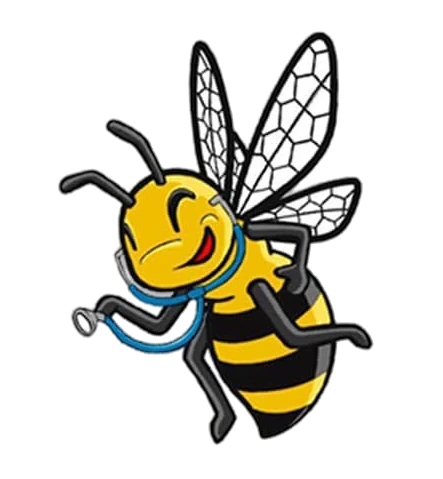
Despite their name, bald-faced hornets (Dolichovespula maculata) are actually a type of aggressive yellowjacket wasp, not true hornets. They are known for their striking black-and-white markings and large, papery nests.
To safely remove bald-faced hornets, start by identifying the nest location and ensuring you have the right protective gear, such as a thick, long-sleeved jacket, gloves, goggles, and a face mask. Bald-faced hornets are aggressive when threatened, so it’s best to approach the nest at night when they are less active. Use a commercial wasp and hornet spray designed for long-range application, standing at least 10–15 feet away. Spray the nest thoroughly, focusing on the entrance, and leave the area immediately to avoid retaliation. Wait at least 24 hours before checking the nest to ensure all hornets are dead, then carefully remove and dispose of it in a sealed bag.
If the nest is large, hard to reach, or located near high-traffic areas, consider hiring a professional pest control service. Experts have the experience and equipment to handle infestations safely, minimizing risks to you and your property. Never attempt to remove a nest by knocking it down or using water, as this can provoke the colony.
Use our stinging insect identification chart to find out more information about the types of stinging insects we service!
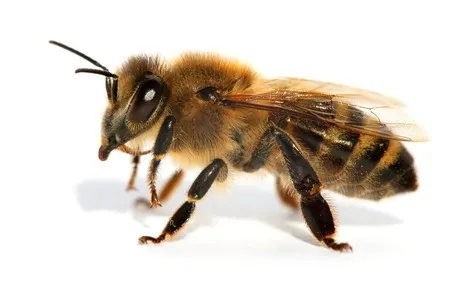
What does a honey bee look like? Why are bees important? Find out why honey bees are our favorite and how you can spot one!
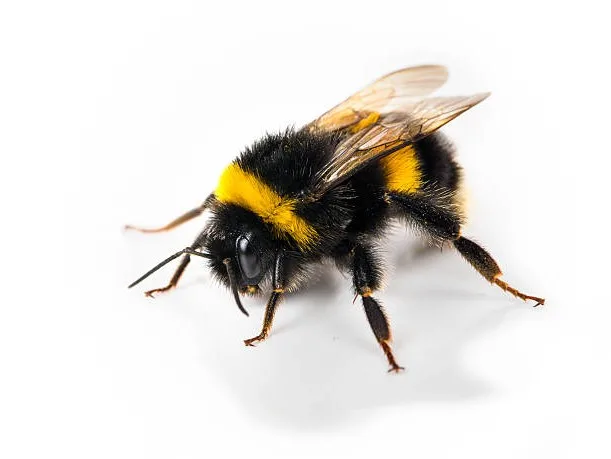
What does a bumble bee look like? Do bumble bees make honey? Learn about bumble bees the cute cousin of the honey bee.
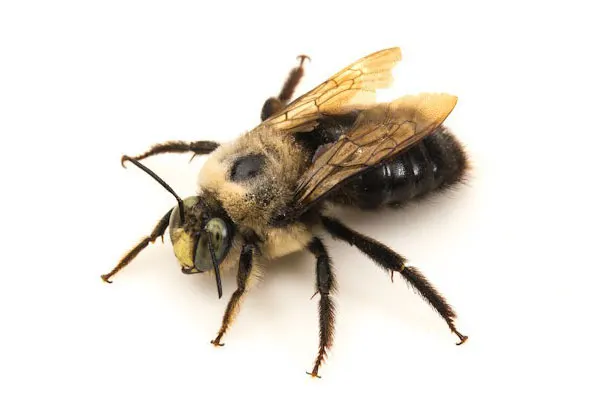
What does a carpenter bee look like? Do carpenter bees sting? Discover if you have an unwanted guest in your household.
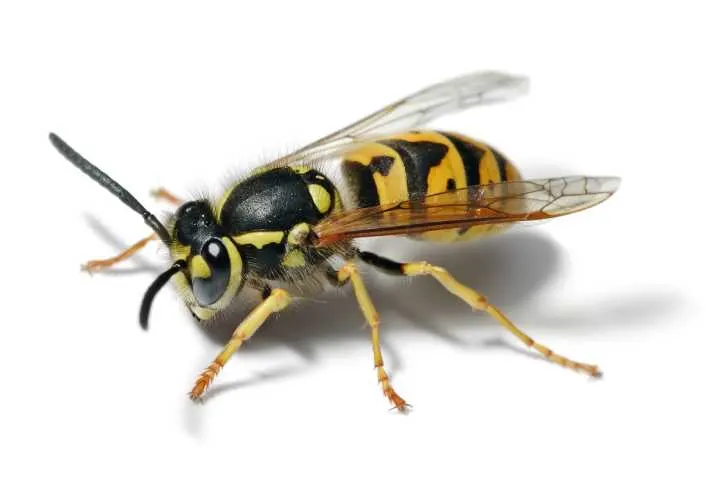
What does a yellow jacket look like? Do yellow jackets pollinate? Learn to easily identify these bright yellow, aggressive insects!
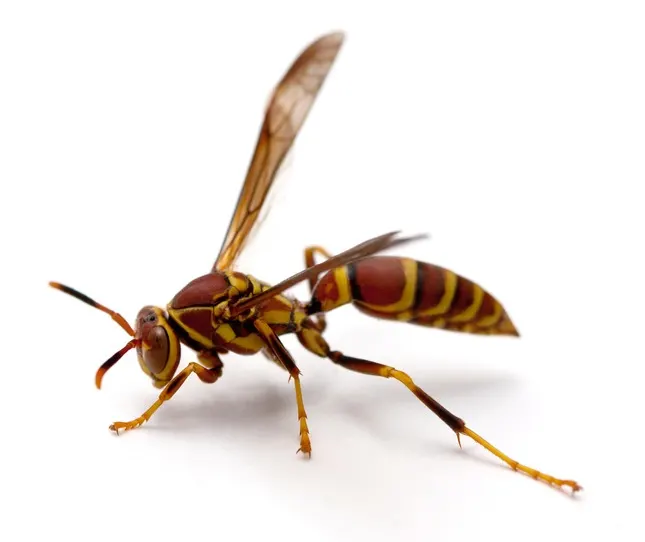
What does a wasp look like? What do wasps eat? Discover if you have paper wasps living on your property!

What does a hornet look like? How far do bald-faced hornets travel from their nest? Learn to identify these aggressive insects!